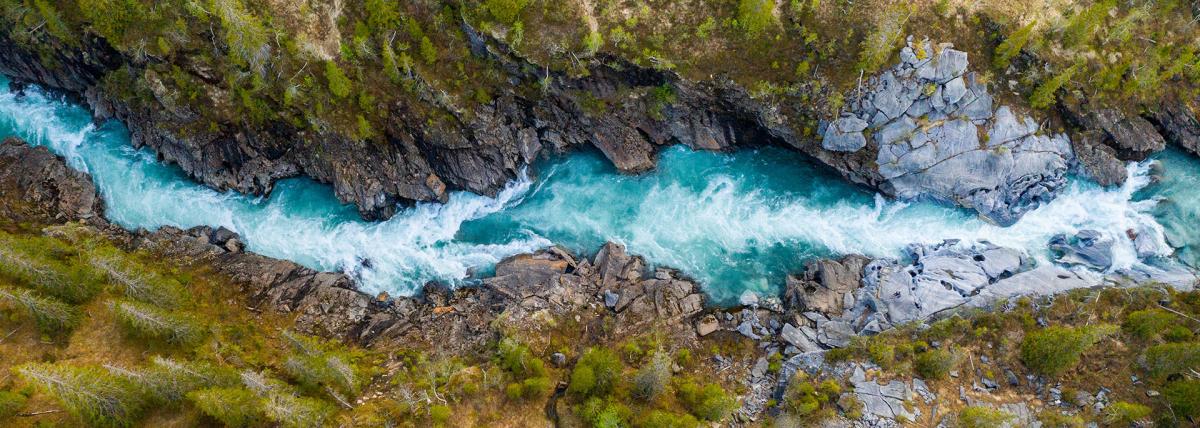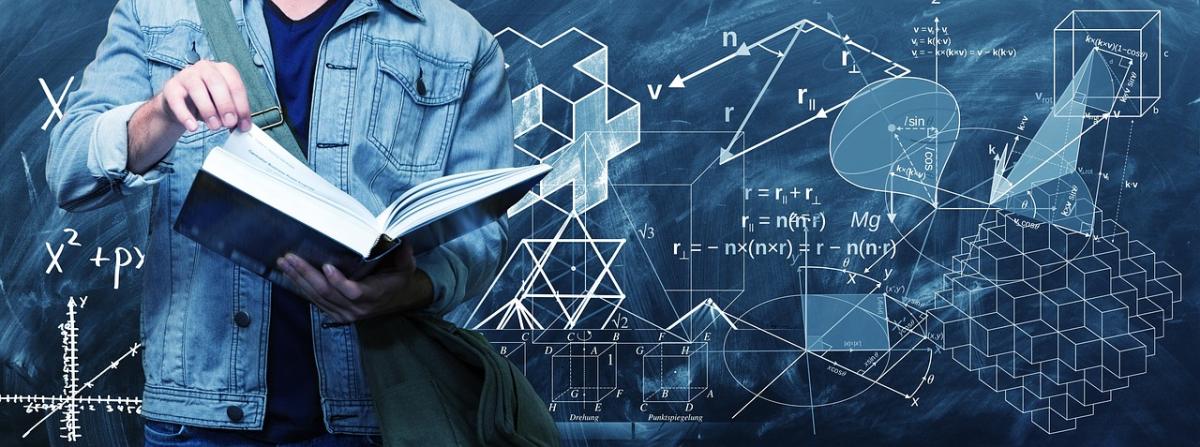
The Physics of Astronomy : Spectroscopy of Stars - Wonders of the Universe
This lesson plan focuses on the following standards.
Construct an explanation of the origin, expansion, and scale of the universe based on astronomical evidence.
● The study of stars' light spectra and brightness is used to identify compositional elements of stars, their movements, and their distances from Earth
Plus HS+Phy.P4U1.6 Analyze and interpret data to quantitatively describe changes in energy within a system and/or energy flows in and out of a system.
HS+E.E2U1.12 Obtain, evaluate, and communicate scientific information about the way stars, throughout their stellar stages, produce elements and energy.
Construct an explanation about the relationships among the frequency, wavelength, and speed of waves traveling in various media, and their applications to modern technology.
● The wavelength and frequency of a wave are related to one another by the speed of travel of the wave, which depends on the type of wave and the medium through which it is passing.
Lesson Grade Level
12th GradeLesson Plan Link/URL
https://docs.google.com/presentation/d/14z2KlqDpRLHGMHz3JseFZWKxYFM7TroQ/edit?u…Subject Area
Science Physical Science P1: Matter P2: Objects at a Distance P4: Energy Transfer Earth and Space Science E1: Earth Systems E2: Earth & the Universe Technology 1. Empowered Learner 4. Innovative Designer 5. Computational Thinker Engineering S1: Engineering & Global Society S2: Apply the Engineering Design Process S3: Apply Mathematics to Engineering S4: Apply Science to Engineering S5: Apply Technology to Engineering S6: Apply Communications to Engineering S7: Apply Project Management to Engineering Mathematics Operations and Algebraic Thinking (OA) Measurement and Data (MD) Expressions and Equations (EE)Related Content

This interactive 4th-grade lesson plan focuses on erosion and weathering, key concepts in understanding Earth's geology. In "Dynamic Earth," students use an interactive simulation to explore how

This lesson is an activity to show how projectile motion and many other motions in nature fallow a parabolic curve. Students will manipulate that knowledge and analyze data using small play tanks to

In this high school science/engineering lesson on exploring cracked steel, students will delve into the concept of cracked steel and its impact on structural integrity. They will define composites and